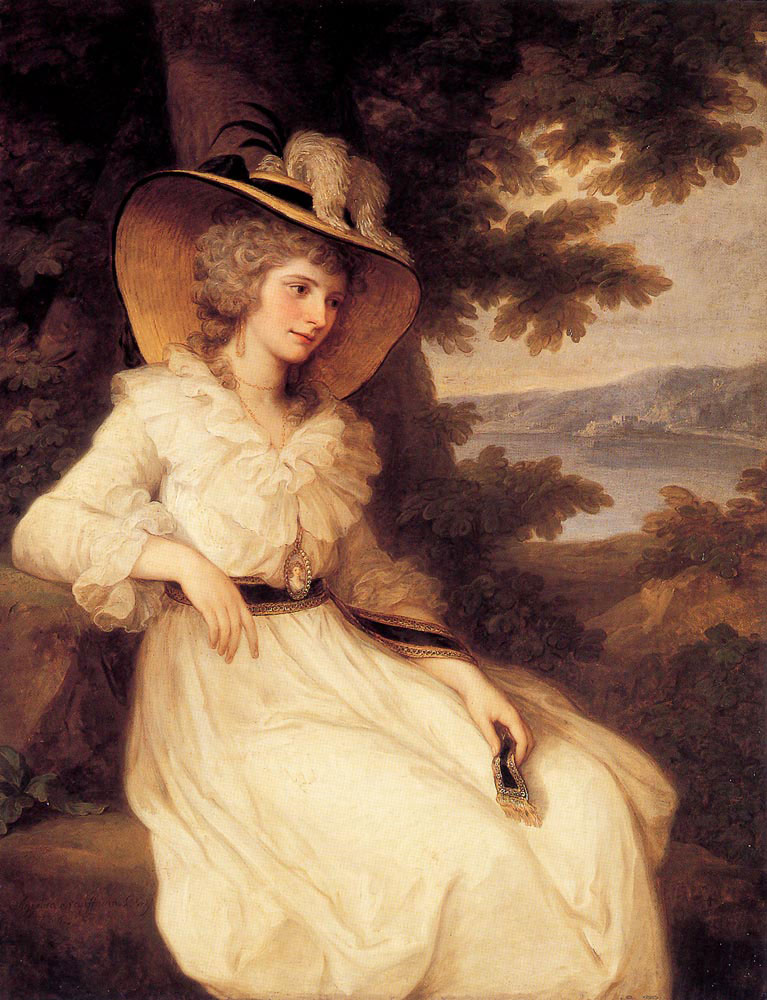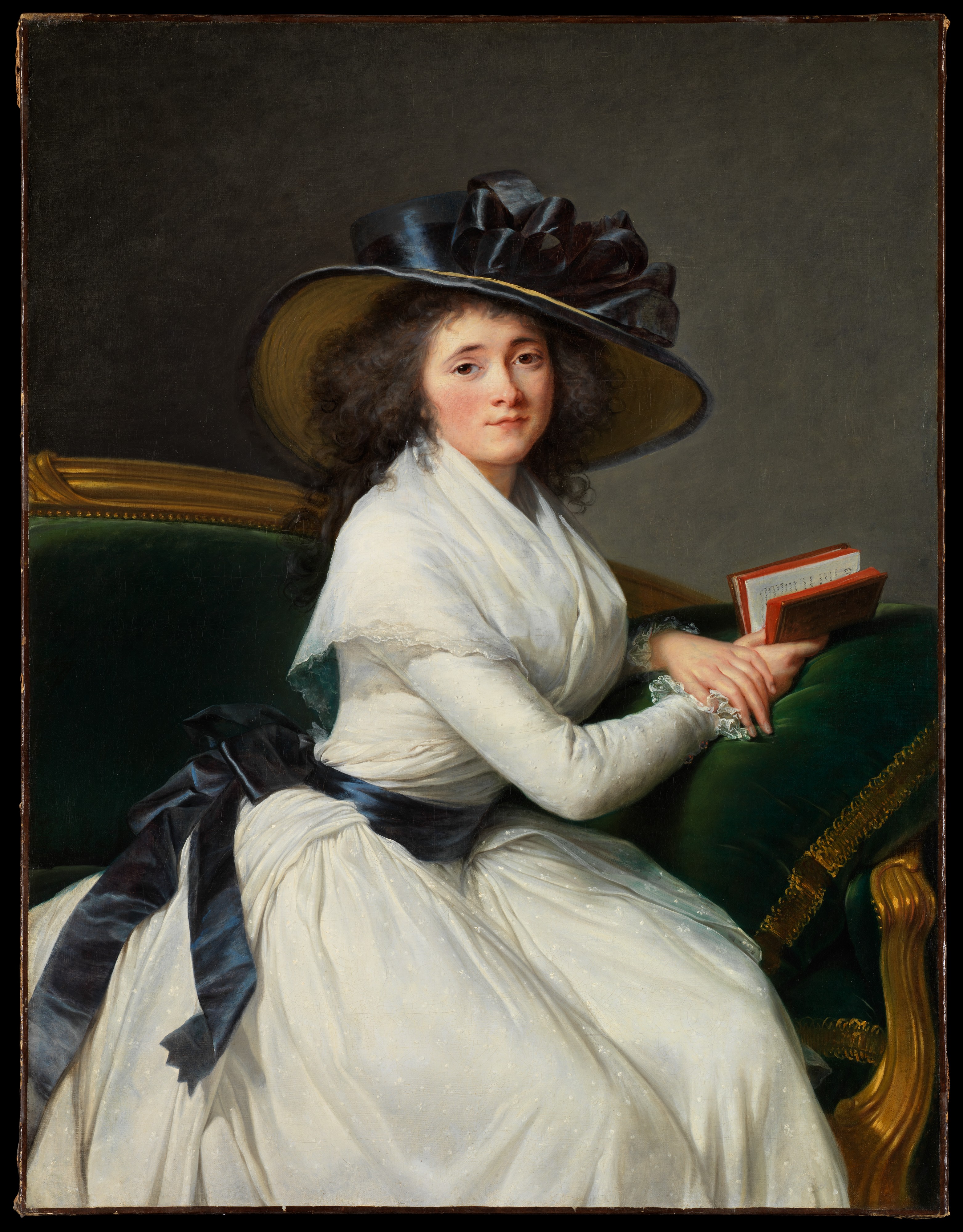This robe en chemise was a very quick and dirty project. The idea was to make something fast while trying out a pattern that I had been altering to fit. I was never entirely happy with my first robe en chemise that I had made for myself, so I wanted to make another. Design-wise it's really similar to the first gown, but there are some subtle, yet significant differences. Most notably, it's worn with a pair of 1780s stays, unlike my first robe en chemise that was made to go over my white 1760s stays, as mentioned in the original post about it.
I've had the chance to wear this gown to an event twice already. The first time was to an informal 18th century gathering in February and I actually felt a bit overdressed for the simple occasion.
I wore the gown with my old bum pad that is smaller than the one I usually wear (for 1780s gowns). This bum pad doesn't extend to the sides so it's more appropriate for the early 1790s look that I was going for.
I'm not entirely happy about the amount of fabric in the back of the skirt because there's not much - with the bum pad it looks kind of sad. I had a very limited amount fabric so I ended up using every bit I had without having to piece the bodice or the sleeves. With so much gathering in the front, not as much material was left for the back.
Mia did my hair, as usual.
Photo: Jarno Manninen
Photo: Jarno Manninen
And then I also wore the gown to L'Amusette's annual spring ball last Saturday. The theme was French Revolution so the gown was accessorized accordingly.
There was no bum pad.
This time my hairdo was inspired by the simpler styles appearing in the 1790s as fashion transitions towards neoclassical style.
Under the gathered front, the gown has fitted front panels that are tied with five pairs of tapes at center front. This closure method is based on an extant dress in Musee de la Toile de Joyu. If you take a look at the photo in the link, you can see that the panels are unevenly stretched where the ties have pulled the fabric. To avoid this, I added bones to the edges of the panels.
Twill tapes were sewn to the underside of the center front panels to create casings for drawstrings.
The drawstrings are tied and hidden under the center front.
The back is very simple.
None of the photos of the finished gown so it very well so here's an in-progress photo before attaching the skirt and sleeves:
Oh, and there's a bonus - a little video clip that Mia took on her phone at the Spring ball! :)
My Pinterest research boards related to this project:


















































